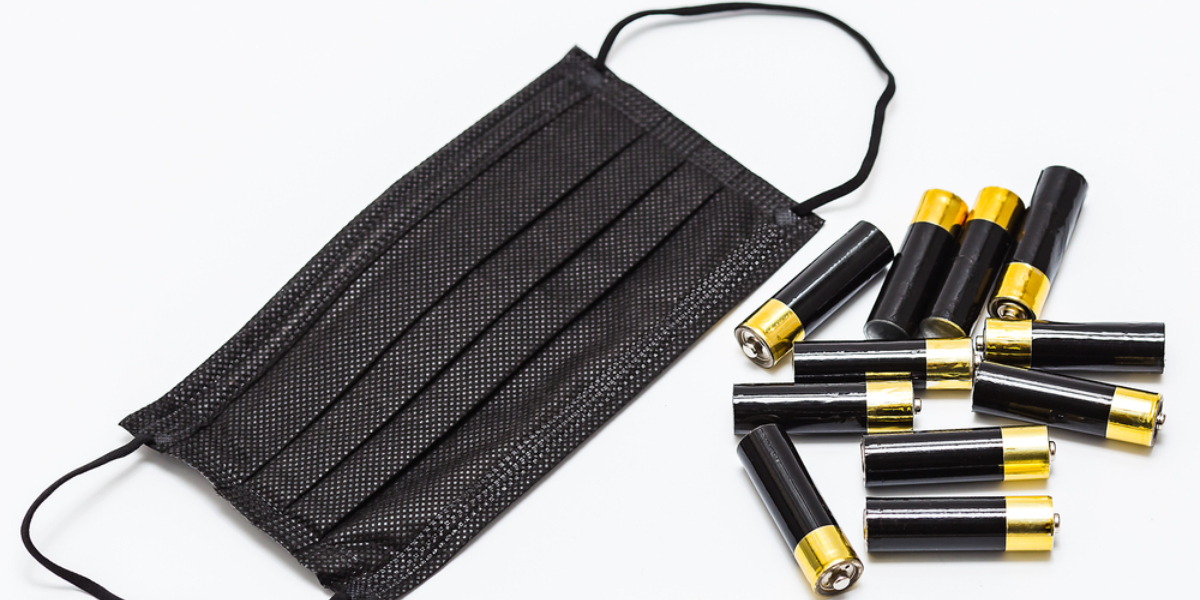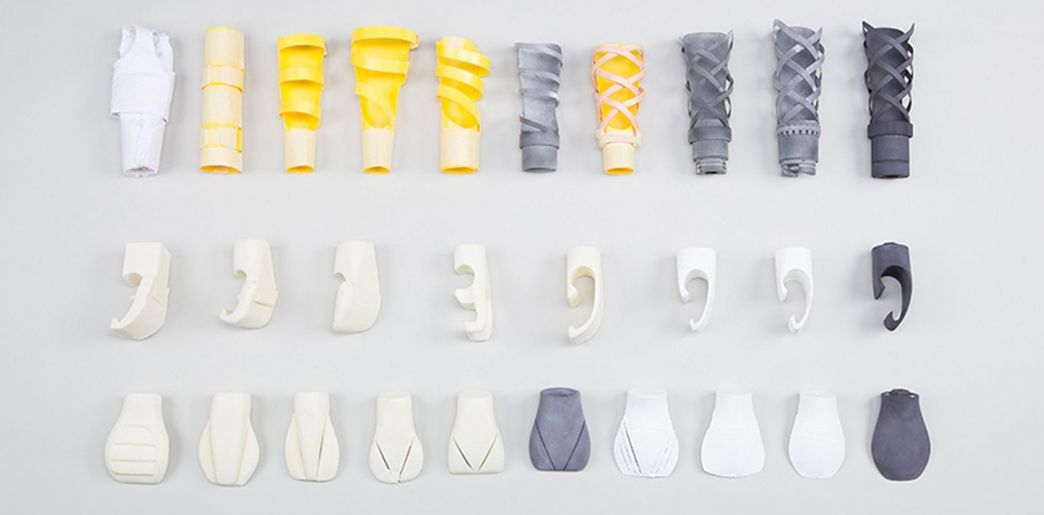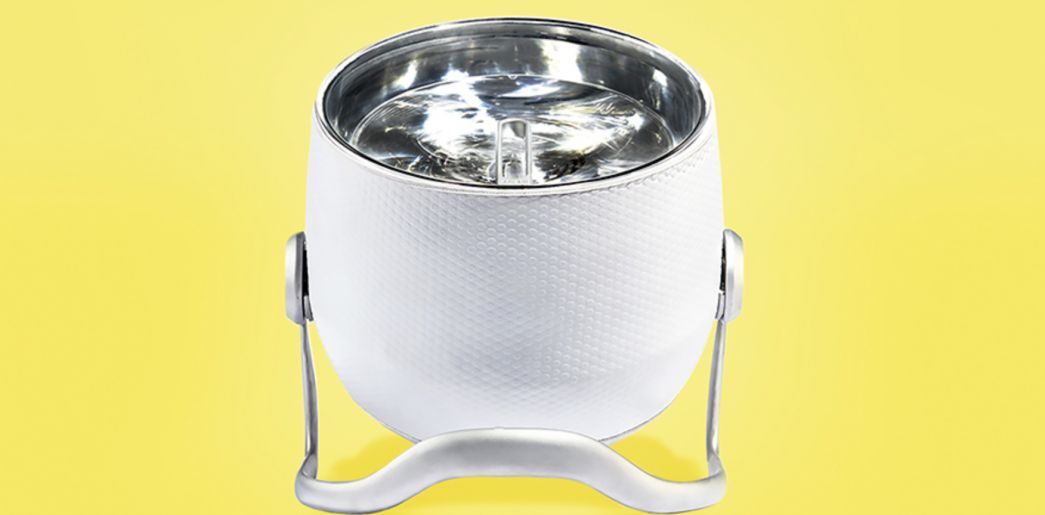AWARD YEAR
2023
CATEGORY
Home
GOALS
Climate Action
KEYWORDS
recycling, energy, Medical waste, science
COUNTRY
United States of America
DESIGNED BY
National University of Science and Technology “MISIS” (NUST “MISiS”)
WEBSITE
https://en.misis.ru/university/news/science/2022-01/7781/
Medical waste transfomed into batteries
Face Masks turned into cost-effective batteries.
How does it work?
1. First the masks are disinfected with ultrasound
2. Secondly they are dipped in ‘ink’ made of graphene, which saturates the mask
3. This material is pressed under pressure and heated to 140°C
4. A separator with insulating properties is then placed between the two electrodes made of the new material.
5. Finally, when saturated with a special electrolyte, a protective shell is created from the material of medical blister packs.
Why is it needed?
Researchers say that during the coronavirus pandemic people on the planet started using more than 130 billion masks every month, which turn into hundreds of tonnes of polymer waste. When burned it emits toxic gases, so the task of recycling this waste is particularly urgent.
How does it improve life?
This particular technology will contribute the fight against medical waste that is difficult to recycle. What differentiates them from the usual batteries is their thin, flexible and low cost production, that can equally be used in household appliances. Another characteristics is how scientist previously have tried to use various porous natural materials, however these materials always requite high-temperature charring in special furnaces. Masks turned out to be easier and cheaper materials, as graphene saturation is the right amount to give them unique properties.





